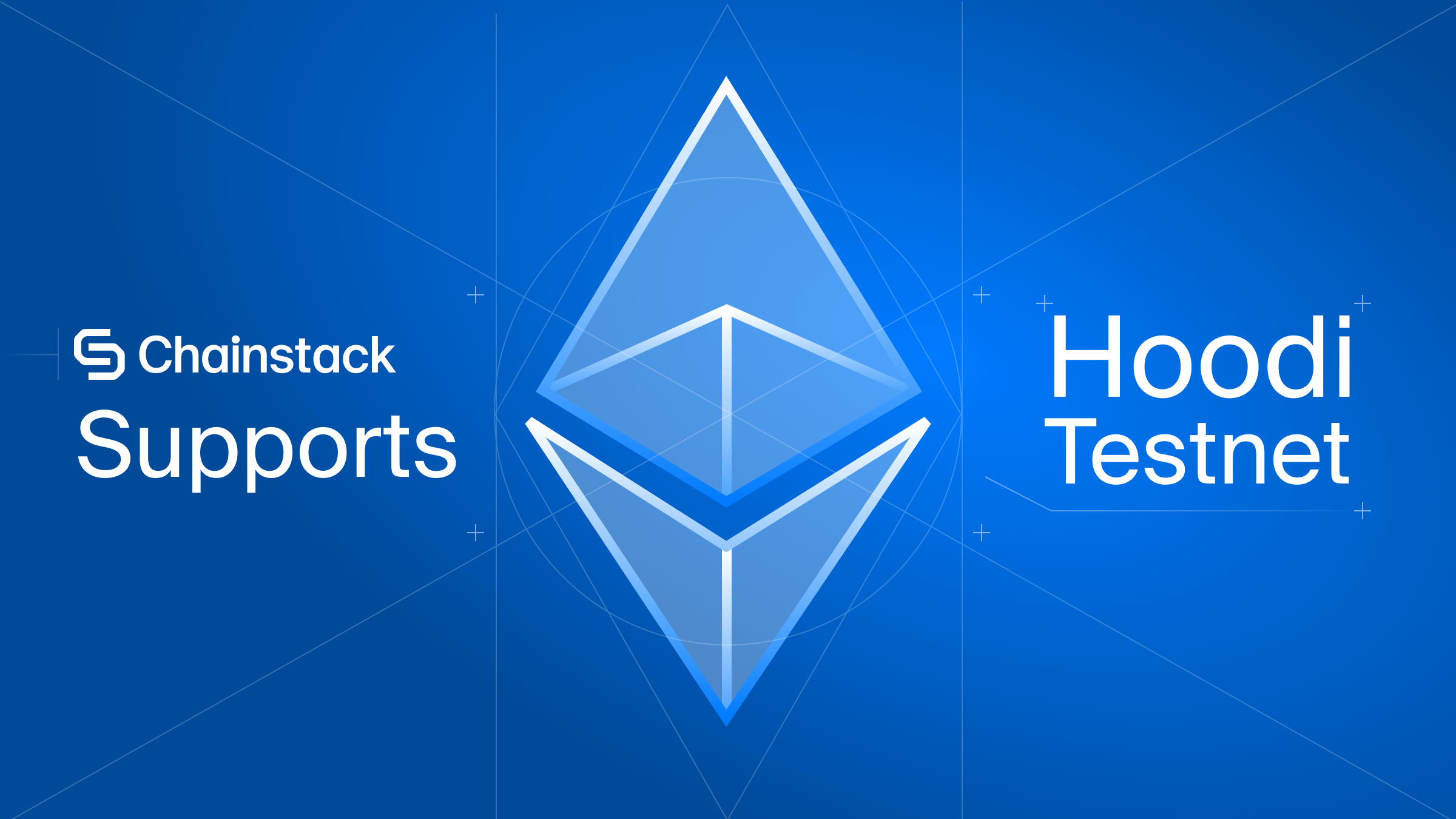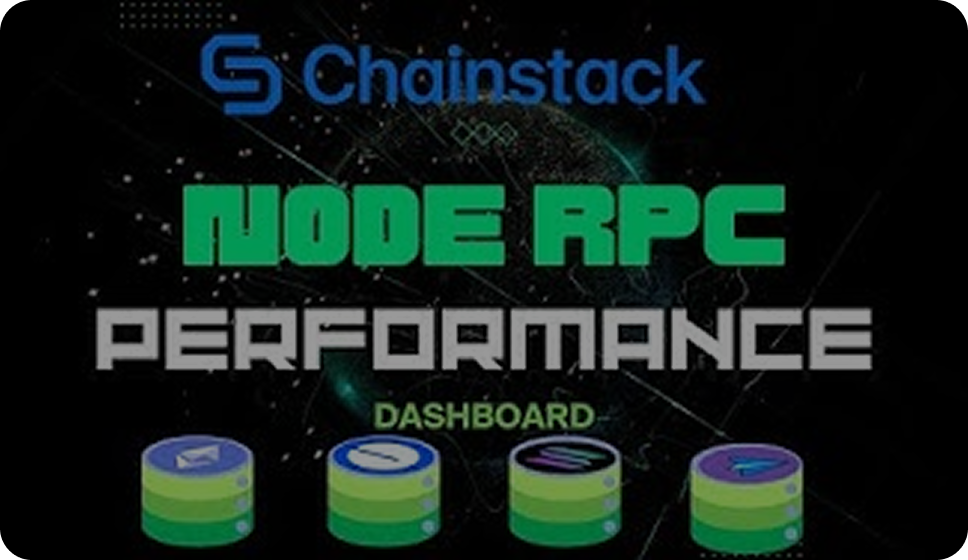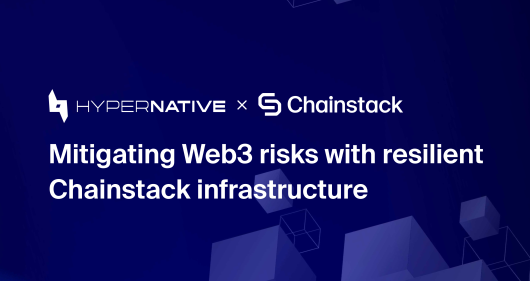Crypto Wallets 101: What are non-custodial wallets?

With so many crypto wallets available these days, it can be difficult to decide which one to use. With each boasting unique features and security measures, the choices are endless. The difference is whether the private keys are in your possession or held on a centralized exchange (CEX), such as Binance. Every crypto wallet uses private keys to grant you control over your digital assets.
Self-custodial wallets are always the best option for highly security-conscious people who hoard a lot of crypto and NFTs. On the other hand, CEX wallets and “hot wallets” offer a more accessible user experience for beginners but expose your cryptocurrencies to potential security breaches, not to mention increased regulatory scrutiny.
Our in-depth guide will explain exactly what are non-custodial wallets and help you on the quest to keep your crypto assets safely in your hands, from the basics to more sophisticated methods.
How do non-custodial wallets work?
Non-custodial wallets provide complete ownership of your digital assets- full responsibility and control of your private keys. They are your link to the blockchain network, allowing you to interact directly with your cryptocurrencies and Web3 applications (dApps). Unlike custodial wallets, where a third party holds your private keys, non-custodial wallets grant you unfettered access to your crypto and NFT holdings anytime.
Advantages of non-custodial wallets
Non-custodial wallets provide many benefits catering to cryptocurrency users’ needs who value autonomy, security, and privacy.
Complete control of your private keys
Non-custodial wallets give users complete control over their private keys, ensuring exclusive access to their digital assets. This level of control allows users to manage their cryptocurrencies independently and securely.
Enhanced security and privacy
By eliminating the need to trust a third party with the management of private keys, non-custodial wallets offer higher security and privacy. Users are in control of safeguarding their private keys, reducing the risk of exposure to potential security breaches or hacks targeting third-party service providers.
Lower risk of centralized failure
Everyone has already heard on the news what happened to FTX and other centralized crypto exchanges over the years. Non-custodial wallets decentralize the responsibility of asset management, reducing the risk of losing funds due to a centralized service provider’s failure. This mitigates the chance of losing your crypto to exchange hacks, rug pulls, exit scams, bankruptcy, or regulatory shutdowns.
Censorship resistance
Non-custodial wallets empower users to transact freely without intermediaries, ensuring censorship-resistant transactions. Users can send and receive cryptocurrencies without fearing a central authority blocking or monitoring their transactions.
Disadvantages of non-custodial wallets
While non-custodial wallets offer numerous benefits, they also come with certain drawbacks that users should consider before opting for this type of wallet.
Sole responsibility for security
The primary disadvantage of non-custodial wallets is that users must be responsible for their private keys’ security. Losing or compromising private keys could result in the irreversible loss of funds. Users must adopt proper security measures to protect their assets.
Higher technical knowledge required
Non-custodial wallets may require a higher level of technical knowledge to set up and use, as they often need more user-friendly interfaces and features offered by custodial wallets. Users must understand essential concepts, such as private keys and seed phrases, to manage their assets effectively.
Limited customer support
Given the decentralized nature of non-custodial wallets, users might find customer support limited or pretty much nonexistent. In case of any issues or challenges, you may need to rely on community forums, social media, guides, or DIY to troubleshoot problems.
What are the different types of non-custodial wallets?
Hardware wallets
Hardware wallets are devices designed to store private keys securely offline, providing high security for digital assets. These wallets typically feature a screen, buttons, and a USB or Bluetooth connection, enabling users to interact with their cryptocurrencies without exposing private keys to the internet.
Pros
- High level of security due to offline storage
- Immune to malware and keylogging attacks
- Suitable for long-term storage of cryptocurrencies
Cons
- More expensive than other wallet types
- Requires physical possession to access funds
- Limited support for specific cryptocurrencies
Popular choices
Software wallets
Software wallets are applications installed on desktops, laptops, mobile devices, or as browser extensions, allowing users to manage their cryptocurrencies digitally. These wallets create and store private keys on the user’s device, balancing convenience and security. Just keep in mind that some wallets are native to their cryptocurrency. For example, you can only use the Phantom wallet to interact with the Solana ecosystem, whereas some wallets support multiple blockchains.
Pros
- User-friendly interfaces and features
- Accessible across various platforms
- Quick and convenient transactions
Cons
- Vulnerable to hacks, malware, and device failures
- Security varies depending on the specific wallet software
- Not ideal for long-term storage of large amounts of cryptocurrency
Popular choices
- MetaMask(web-based and mobile)
- Argent (web-based and mobile)
- Electrum (desktop and mobile)
- Exodus (desktop and mobile)
- MyEtherWallet (web-based and mobile)
- Trust Wallet (web-based and mobile)
Paper wallets
Paper wallets physically represent private keys, typically in QR codes or alphanumeric sequences printed on paper. These wallets allow users to store their digital assets securely offline by creating and storing private keys on a physical medium.
Pros
- Highly secure due to offline storage
- Inexpensive and easy to create
- No risk of digital hacks or device failures
Cons
- Susceptible to physical damage, loss, or theft
- Inconvenient for frequent transactions
- Requires careful handling and storage
What non-custodial wallet should I choose?
Committing your precious digital assets to a wallet is a significant financial decision, so you must always DYOR before transferring your hard-earned crypto assets to a new wallet. Here are some essential factors to consider before you make a decision:
Level of security
The most crucial aspect when choosing a non-custodial wallet is the security it offers. Consider the wallet’s reputation, track records, and security features, such as two-factor authentication, PIN codes, or biometric authentication. Remember, you are responsible for your private keys’ security, so choose a wallet with robust security measures.
Ease of use
If you’re new to cryptocurrencies, look for a wallet with a user-friendly interface and straightforward functionality. It should be easy to navigate, provide clear instructions, and enable you to send, receive, and manage your digital assets without hassle.
Supported cryptocurrencies
Ensure that your chosen wallet supports the cryptocurrencies you own or plan to acquire. Some wallets cater specifically to one cryptocurrency, while others support multiple digital assets. Selecting a wallet that meets your current and future needs is best.
Compatibility with other blockchains
Non-custodial wallets integrate with decentralized exchanges, staking platforms, or other blockchain platforms. These integrations can offer added convenience and functionality, enabling you to access various features directly from your wallet. Crypto wallets like Metamask(interlink) support multiple blockchains, making it an excellent choice for many beginners in blockchain and Web3.
How to start using a non-custodial wallet?
Create and set up your first crypto wallet by following these quick steps.
- Choose a non-custodial wallet that meets your requirements in terms of security, ease of use, supported cryptocurrencies, and cost.
- Download and install the wallet software on your device, or purchase a hardware wallet from a reputable manufacturer.
- Follow the wallet’s setup instructions, including creating a new wallet or importing an existing one using a seed phrase.
For beginners, software wallets like Trust Wallet offer a user-friendly interface, support for various digital currencies, and adequate security. Intermediate users with larger holdings may prefer hardware wallets like Ledger Nano S or Trezor One for enhanced protection and offline storage of private keys. Advanced users can maximize security and flexibility by using a combination of wallet types: hardware wallets for long-term storage and software wallets for day-to-day transactions.
Creating and securing your private keys
Next, you will be prompted to generate a private key or seed phrase during the wallet setup process. This critical piece of information provides access to your digital assets.
Ensure you securely store your private key or seed phrase offline by writing it down on paper or using a secure backup method, such as a hardware wallet or encrypted USB drive.
Don’t forget to keep multiple copies of your private key or seed phrase in secure locations to avoid loss or damage. Also, remember never to share your private key or seed phrase with anyone, as doing so could result in unauthorized access to your funds.
Transferring and managing your crypto
- Navigate to your wallet’s “receive” or “deposit” section to obtain your public address or QR code.
- Share this address with the sender or input it into the originating wallet or exchange platform. Double-check the address to ensure accuracy before confirming the transaction.
- Monitor the incoming transaction in your non-custodial wallet to verify its completion.
- To send funds, navigate to your wallet’s “send” or “withdraw” section, enter the recipient’s public address, and specify the amount you wish to transfer.
- Confirm and authorize the transaction using your wallet’s security features, such as a PIN code or biometric authentication.
Staying updated on wallet security best practices
- Regularly update your wallet software to the latest version, as updates may contain essential security enhancements and bug fixes.
- Follow the wallet provider’s official communication channels and stay informed about potential security risks or emerging threats.
- Always use strong, unique passwords for any accounts associated with your wallet, and enable two-factor authentication whenever possible.
- Remain vigilant against phishing attacks, scams, and social engineering attempts by verifying the legitimacy of any communication or websites related to your wallet.
- Educate yourself on wallet security best practices and continually assess the security measures you have in place to protect your digital assets.
Final thoughts
As the world of cryptocurrencies continues to evolve and expand, it’s important to stay up to date on the latest tools and technologies. The increasing popularity of MPC wallets this year, for instance, might result in them gradually supplanting multisig wallets due to the enhanced flexibility they provide to developers.
Web3 technology never stands still, as it continuously reshapes and redefines itself. To stay ahead in this ever-changing landscape, it’s crucial to be in tune with the latest breakthroughs and advancements that fuel the industry’s growth. We always encourage you to research and explore the crypto wallet options discussed in this post and always DYOR to find what works for you.
By proactively safeguarding your crypto assets, you not only embrace the decentralized spirit of the cryptocurrency revolution but also transform into an informed and self-reliant player in the new digital economy.
FAQ
Is MetaMask a non-custodial wallet?
Yes, MetaMask is a non-custodial wallet. This means that users have full control over their private keys and are responsible for the security of their digital assets. MetaMask does not store users’ private keys on its servers, ensuring they retain sole control over their cryptocurrencies.
What crypto wallets are non-custodial?
A wide range of non-custodial wallets is available to manage cryptocurrencies, including MetaMask, a browser extension and mobile wallet that supports Ethereum and ERC-20 tokens. Trust Wallet is a versatile mobile wallet that accommodates multiple cryptocurrencies like Ethereum, Binance Smart Chain, and many more. Exodus is a user-friendly software wallet for desktop and mobile devices, while MyEtherWallet is a popular Ethereum wallet that supports ERC-20 tokens and smart contract interactions.
For enhanced security, hardware wallets like Ledger Nano S/X, Trezor One/Model T, and KeepKey offer offline storage of private keys and compatibility with various cryptocurrencies. Coinomi, another multi-cryptocurrency wallet, allows users to exchange assets within its mobile and desktop interfaces. It’s essential to consider factors such as security, ease of use, and cryptocurrency compatibility when choosing a non-custodial wallet.
What is a smart contract wallet?
Smart contract wallets are an innovative development in cryptocurrency, offering unique features that make managing digital assets more user-friendly and secure. One of the key technologies enabling these benefits is account abstraction, which allows for the separation of the wallet’s control logic from the user’s funds. A good example of a smart contract wallet is Argent, also available on mobile.
Argent offers a range of features to enhance the user experience, such as batched transactions, which save on gas fees and optimize transaction execution. The wallet also provides a free ENS address, making it simpler to remember and share. With seamless access to lending and borrowing services, users can earn interest or take out loans as needed directly from the app.
How to create a paper wallet?
Creating a paper wallet typically involves the following steps:
- Use a reputable paper wallet generator, such as WalletGenerator.net or BitAddress.org.
- Disconnect your device from the internet to ensure security.
- Follow the generator’s instructions to create your wallet and print your private and public keys on paper.
- Store the paper wallet securely, preferably in a fireproof and waterproof container or a safe deposit box.
- To use the funds, import the private key into a software or hardware wallet to access your digital assets.
Power boost your project on Chainstack
- Discover how you can save thousands in infra costs every month with our unbeatable pricing on the most complete Web3 development platform.
- Input your workload and see how affordable Chainstack is compared to other RPC providers.
- Connect to Ethereum, Solana, BNB Smart Chain, Polygon, Arbitrum, Base, Optimism, Avalanche, TON, Ronin, zkSync Era, Starknet, Scroll, Aptos, Fantom, Cronos, Gnosis Chain, Klaytn, Moonbeam, Celo, Aurora, Oasis Sapphire, Polygon zkEVM, Bitcoin and Harmony mainnet or testnets through an interface designed to help you get the job done.
- To learn more about Chainstack, visit our Developer Portal or join our Discord server and Telegram group.
- Are you in need of testnet tokens? Request some from our faucets. Multi-chain faucet, Sepolia faucet, Holesky faucet, BNB faucet, zkSync faucet, Scroll faucet.
Have you already explored what you can achieve with Chainstack? Get started for free today.
 Ethereum
Ethereum Solana
Solana TON
TON Base
Base BNB Smart Chain
BNB Smart Chain Sui
Sui Unichain
Unichain Aptos
Aptos TRON
TRON Ronin
Ronin zkSync Era
zkSync Era Sonic
Sonic Polygon
Polygon Gnosis Chain
Gnosis Chain Scroll
Scroll Avalanche Subnets
Avalanche Subnets Polygon CDK
Polygon CDK Starknet Appchains
Starknet Appchains zkSync Hyperchains
zkSync Hyperchains



























